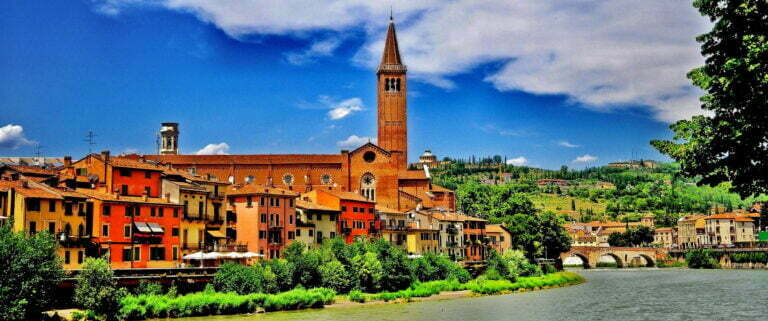
Verona lies at the foot of the Lessini Mountains in the Veneto Region, a city and province of Italy, and was a UNESCO World Heritage Site from 2000 on.
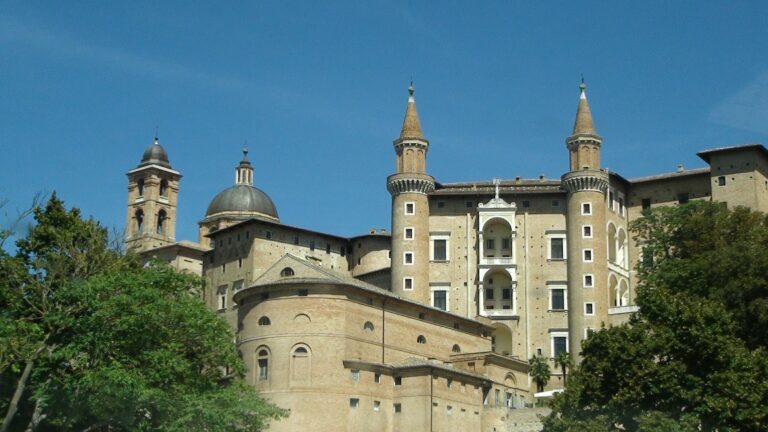
The Historic Centre of Urbino is a small hill town in the Province of Pesaro, Marche Region of Italy, and was a UNESCO World Heritage Site from 1998 onwards.
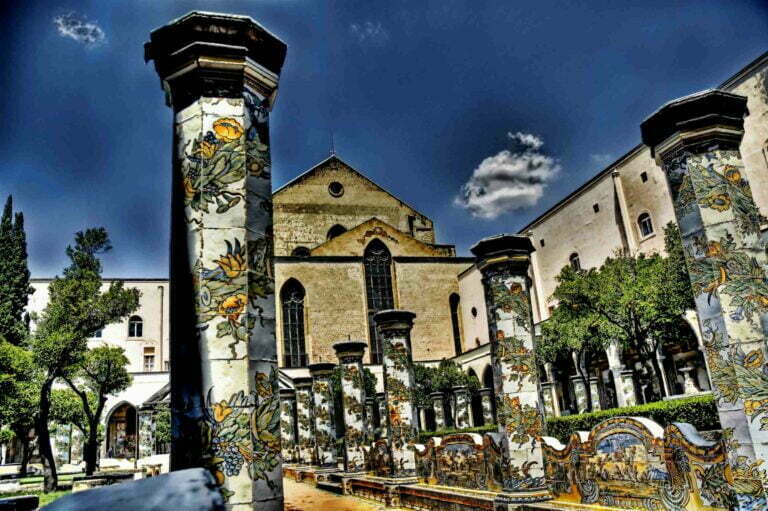
Naples City lies on the west coast of the Italian peninsula, 120 miles southeast of Rome, and became a UNESCO World Heritage Site in 1995.

San Gimignano is a relay point for pilgrims, 56 km south of Florence, in the Tuscany region of Italy, and was a UNESCO World Heritage Site from 1990 onwards.
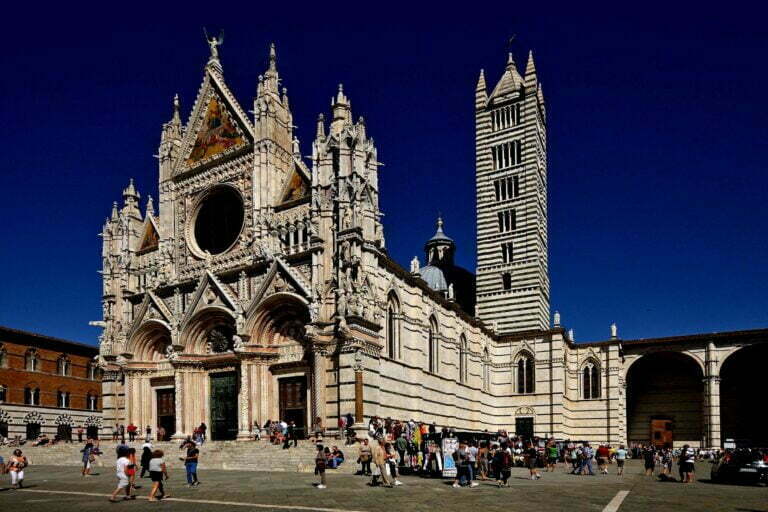
Siena City lies about 30 miles south of Florence, in the Toscana or Tuscany region of Italy, and was a UNESCO World Heritage Site from 1995 on.
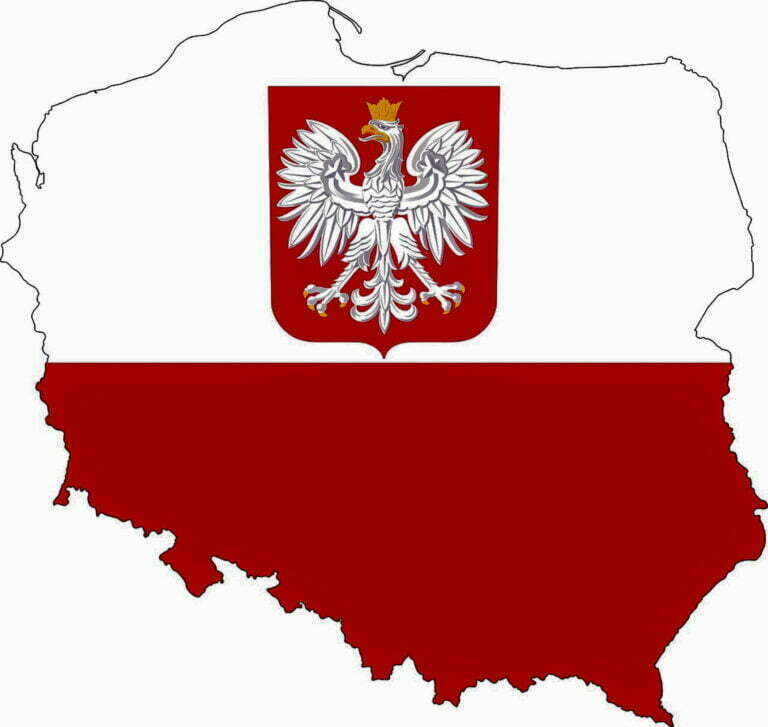
UNESCO world heritage sites Poland. UNESCO sites in Poland, varied landscapes include ancient woodlands, medieval castles, incredible salt mines, Auschwitz Birkenau
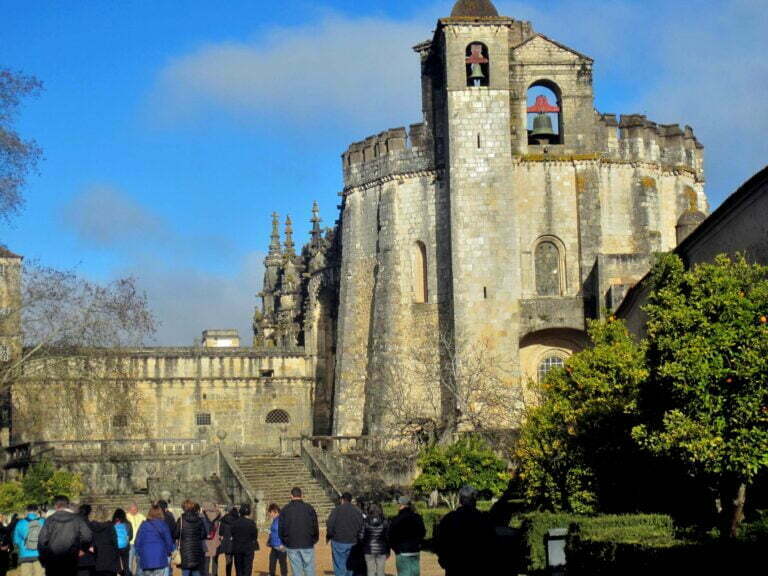
Convent of Christ in Tomar is located on the Nabao River, a tributary of the Zêzere, northeast of Lisbon, central Portugal, and was a UNESCO World Heritage Site from 1983 onwards
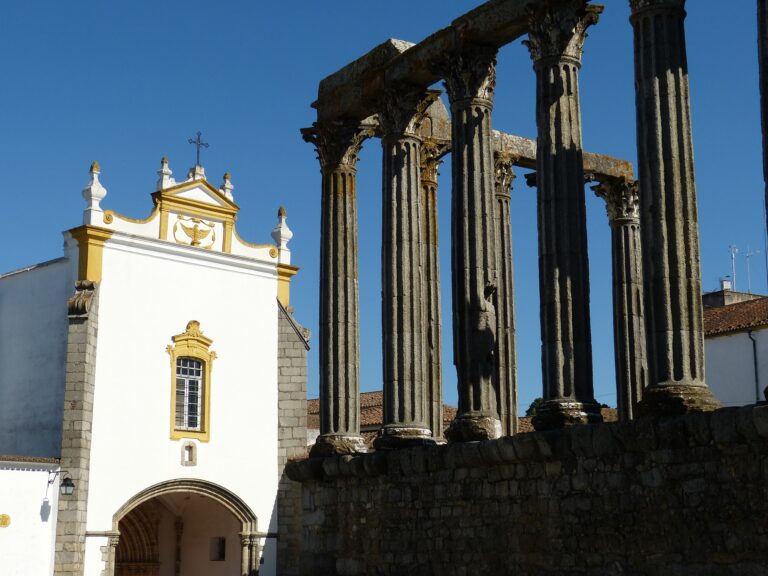
Evora is a museum-city that lies in a fertile valley surrounded by low hills, east of Lisbon, Portugal, and was a UNESCO World Heritage Site from 1986 onwards.
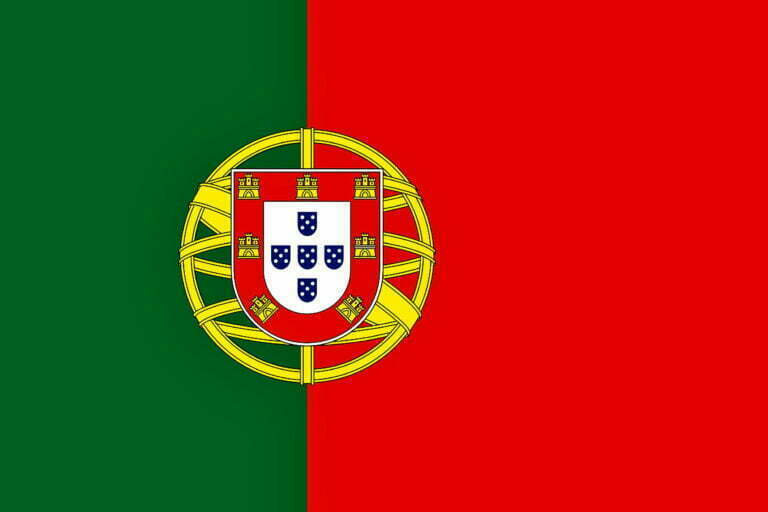
UNESCO World Heritage Sites Portugal includes 17 places in total, 16 designated as cultural and 1 natural. There are a further 19 names on the tentative list

Canal du Midi, or Midi Canal, and commonly referred to as the French Canal du Languedoc, is a historic canal in the Languedoc region of France and was a UNESCO World Heritage Site from 1996 onwards

Lyon, also spelled Lyons and commonly referred to as Lyon, is in the Auvergne-Rhône-Alpes region of France and was a UNESCO World Heritage Site from 1998 onwards.

Cathedral of Notre-Dame lies at the eastern end of the Île de la Cité, Paris, France, and was a UNESCO World Heritage Site from 1991 onwards.












